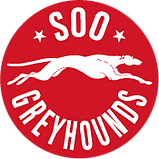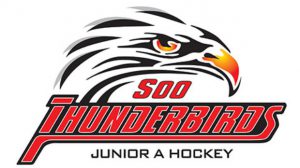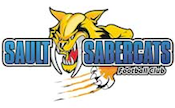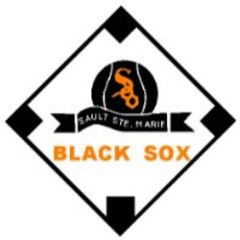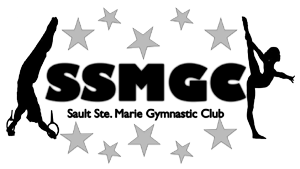When dealing with neck pain or stiffness, something as simple as turning your head or nodding can leave you in agony. If you have injured your neck, have whiplash, or are dealing with a chronic condition that makes your neck stiff and sore, the need for relief and effective treatment becomes essential.
Neck pain affects millions of people worldwide and can be the result of an acute injury or from a chronic condition. At Northern Chiropractic and Physiotherapy we have expertise in treating patients with neck pain through manual therapy, modalities, and personalized exercise programs. Some conditions commonly seen are listed below.
Common Causes of Neck Strain
Muscular Strain – Acute
Muscular strain is one of the most common causes of neck pain. Strain can involve muscle spasm, muscle cramp, or a pulled or tight muscle. A strain happens when a muscle has been overworked, usually from fatigue or overuse. Any physical exertion – running, climbing, reaching, or turning/twisting are common causes of strain. In a muscle strain, tension or extreme stretching causes muscles to cramp or tear during physical exertion. Movements afterwards are painful and limited and the muscle might feel like there is a hard knot in it, like when you get a “crick” in your neck. However, second and third degree strains are more serious require specific treatment for optimal recovery.
Whiplash
Whiplash falls under the acute muscular strain category. During a whiplash-type traumatic event, the head is thrown violently forward which can overstretch the muscles and the soft tissues in the neck. The neck muscles react by shortening their fibres in an effort to stabilize, rapidly jerking the head back again. The damage can be caused either by the head being jerked forward or by the head being snapped back. Whiplash occurs most commonly in motor vehicle accidents and can range from mild to very severe. Symptoms can appear up to 72 hours after the event and are typically headache, neck stiffness, neck pain, and tenderness over the upper part of the spine and back of the skull.
Muscular Strain – Chronic
Sometimes muscle strain can occur from a repetitive or work-related injury. Sitting at a desk or computer too long while holding your neck or back in an abnormal position can cause strain. Think of holding the phone with your neck as another example of how your neck can be strained. Poor posture can also cause chronic muscle strain increasing the chance of long-term structural damage in soft tissues and joints.
Chronic Conditions
Cervical Spondylosis or Cervical Osteoarthritis
Cervical spondylosis (also called cervical osteoarthritis) is a general term for the arthritic breakdown of intervertebral joints and spinal discs. It is typically associated with abnormal bone growth and progressive loss of normal structure of spinal discs, or disc degeneration. Cervical bone spurs are common markers of cervical osteoarthritis.
Most commonly, patients experience only neck pain and stiffness. However, other patients can experience arm pain (radiculopathy) due to a pinched nerve. A small group of patients can develop difficulty with walking and loss of hand function due to the compression of the spinal cord (myelopathy).
Symptoms of Cervical Osteoarthritis
- Pain that goes to the shoulder or between the shoulder blades.
- Pain and stiffness that is worse in the morning but improves after getting up and moving.
- Pain becomes more severe at the end of the day.
- Pain decreases with rest.
- May include headaches (particularly at the back of the head).
Cervical Herniated Disc
A cervical herniated disc happens when part of the spinal disc between two neck vertebrae has been pushed out of its normal position and into the space of the spinal canal. When this happens, the spinal cord and nerve roots become vulnerable to injury from the protruding disc. Typically, the outer ring of the disc is torn, causing the inner fluid to spill into the canal and irritate the nerve root. Both can cause neck pain.
There are several types of cervical disc herniations that are typically classified as soft or hard.
- Soft herniation – general more acute.
- Hard herniation – generally a more chronic condition where secondary degenerative changes have also occurred.
- Both types cause neural compression (pinching of the nerve), and produce similar symptoms causing neck pain.
Since herniations most commonly occur toward the side of the spinal canal where the nerve roots are located, symptoms generally include nerve root irritation (including pain radiating into the arm). This includes neck pain, tingling or burning sensation, and numbness. Some muscle weakness may also occur.
Cervical Stenosis
Cervical stenosis is the narrowing of the spinal canal in the neck and can occur for a number of reasons like disc herniation, degenerative disc disease, or spondylosis. Cervical stenosis can develop from being born with a narrow spinal canal. This leaves the spinal cord vulnerable to compression from degenerative diseases that cause bony overgrowth and disc degeneration, further narrowing the spinal canal over time.
Generally symptoms (if there are no further spinal cord compression factors) are typically limited to neck pain and sensations of tingling, numbness, and a burning sensation in one or both arms. These symptoms can overlap with those of cervical myelopathy.
Cervical Myelopathy
Cervical myelopathy refers to a dysfunction of the spinal cord, typically as the result of cervical stenosis and herniated discs. Bones spurs and dislocation and/or fracture of the neck or any other traumatic injury can also be causes. Cervical myelopathy symptoms include neck pain and stiffness, axial neck pain (not always present), occipital headache, numbness, tingling, and burning sensation.


